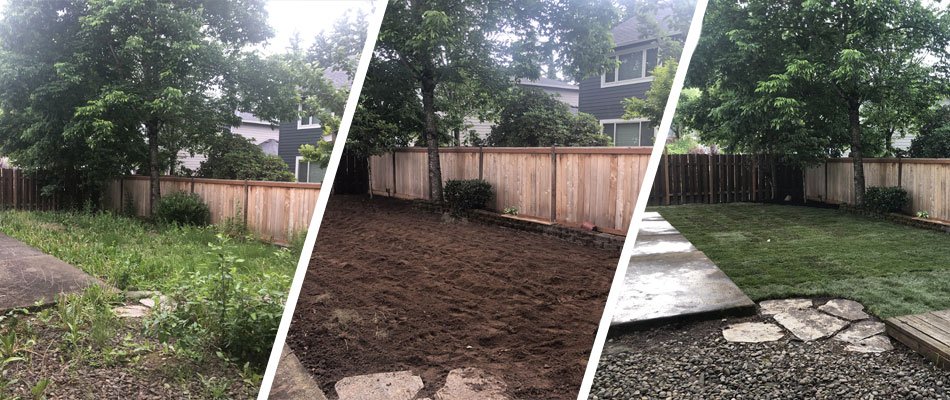Maintaining a lush, green lawn can be a homeowner's pride, but pesky weeds can quickly turn that pride into frustration. Weeds not only detract from the aesthetic appeal of your lawn but also compete with grass for nutrients, water, and sunlight, ultimately leading to a weaker, less healthy turf. However, with the right strategies, you can effectively manage and control weeds in your grass lawn, ensuring a vibrant and flourishing outdoor space. In this guide, we'll explore some proven tactics to combat weeds and reclaim the beauty of your lawn.

Identify the Enemy
Before you can effectively tackle weeds, it's crucial to identify the types of weeds growing in your lawn. Common lawn weeds include dandelions, crabgrass, clover, chickweed, and daisy. Each weed may require a different approach for effective control. Take some time to research and accurately identify the weeds plaguing your lawn to determine the most suitable treatment methods.
Maintain Healthy Turf
A healthy, vigorously growing lawn is your first line of defense against weeds. Proper lawn care practices such as regular mowing, watering, and fertilizing promote dense grass growth, which naturally inhibits weed germination and growth. Aim to mow your lawn at the appropriate height for your grass type and water deeply but infrequently to encourage deep root growth and discourage weed establishment.
Hand Pulling and Manual Removal
For a few scattered weeds or small infestations, hand pulling or manually removing weeds can be an effective and environmentally friendly approach. Make sure to pull weeds from the root to prevent regrowth. This method is best suited for broadleaf weeds and should be done when the soil is moist to ease weed removal.
Use of Herbicides
Herbicides are chemical substances formulated to control or kill weeds. Selective herbicides target specific types of weeds while minimizing harm to desirable plants like grass. Pre-emergent herbicides are applied before weed seeds germinate, preventing weed growth altogether. Post-emergent herbicides are used to control weeds that have already sprouted. When using herbicides, always follow the manufacturer's instructions carefully and consider organic or environmentally friendly options if possible.
Overseeding and Thickening
Overseeding involves spreading grass seed over existing turf to fill in bare patches and improve lawn density. A thick, healthy lawn naturally suppresses weed growth by shading out weed seeds and preventing them from establishing. Choose a grass seed blend suitable for your region and lawn conditions, and overseed your lawn in the fall or spring for optimal results.
Mulching and Landscape Fabric
Mulching around garden beds and landscape areas can help suppress weed growth by blocking sunlight and preventing weed seeds from germinating. Organic mulches like wood chips, straw, or compost also improve soil health and moisture retention. Landscape fabric or weed barriers placed beneath mulch further inhibit weed growth by creating a physical barrier between the soil and the mulch layer.
Regular Maintenance and Inspection
Consistent maintenance is key to keeping weeds at bay. Regularly inspect your lawn for signs of weed growth and promptly address any issues before they escalate. Pay attention to areas with poor drainage, compacted soil, or thin grass cover, as these are prime spots for weed infestations.
Cultural Practices
Implementing certain cultural practices can help prevent weed growth and promote a healthier lawn overall. These practices include aerating the soil to improve air and water infiltration, dethatching to remove excess organic matter, and avoiding overwatering and overfertilizing, which can create favorable conditions for weed growth.
Seek Professional Assistance
If your weed problem persists despite your best efforts, consider seeking professional lawn care services. Lawn care professionals have the expertise and resources to assess your lawn's specific needs and develop customized weed control strategies. They can also provide ongoing maintenance to keep your lawn healthy and weed-free.
By implementing these effective strategies for weed control in your grass lawn, you can enjoy a beautiful, thriving outdoor space that enhances the beauty and value of your home. Remember that consistency and diligence are key to long-term weed management success. With proper care and attention, you can reclaim your lawn from invasive weeds and create a lush, green oasis for relaxation and enjoyment.



